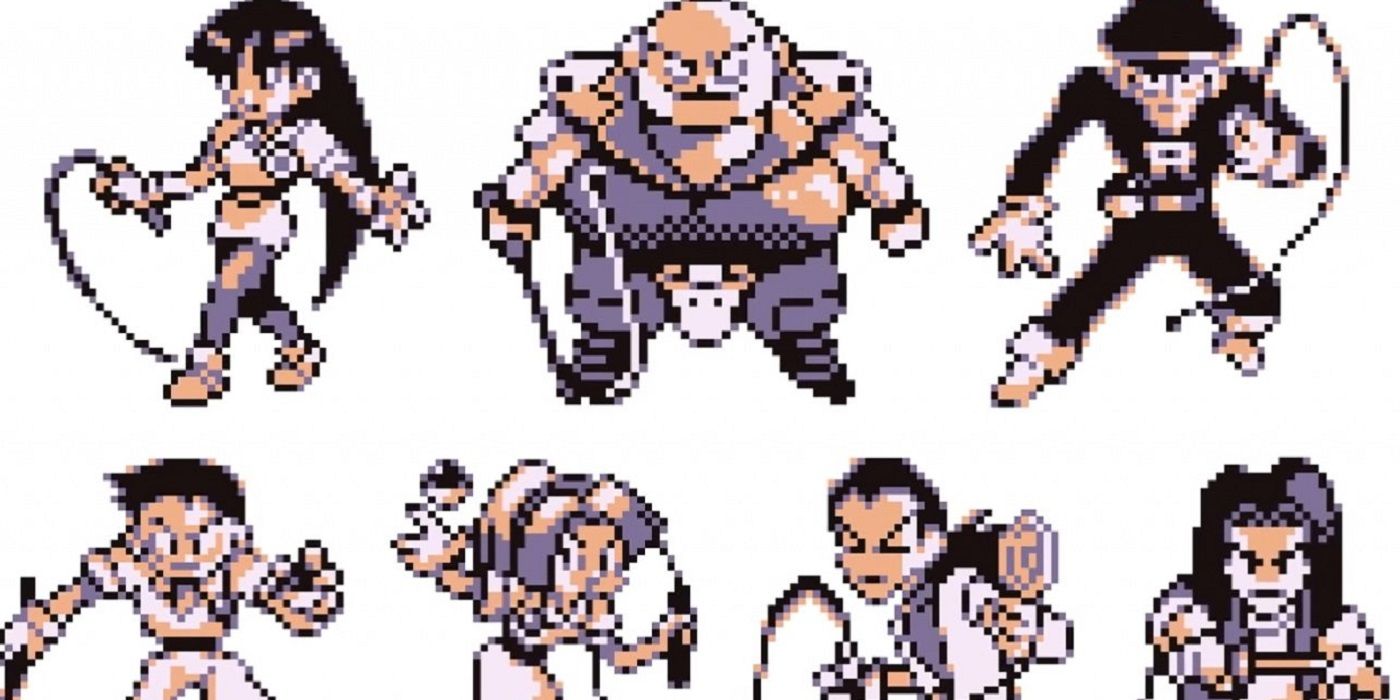It was revealed recently that the Pokémon games didn't plan for players to earn gym badges in early development, with different colored belts being part of the original design. The Pokémon series has built its name on the relationship between a player and their partner Pokémon, depicting a loving bond that grows throughout a trainer's journey. However, the earlier games received scrutiny for a partnership where children required their beloved companions to battle against other trainers and innocent wild Pokémon, and it likely could have been much worse had the original gym belt designs stayed in the game.
In most Pokémon main series titles, players travel through one of eight current regions with a team of six Pokémon partners. During their travels, they take on rival NPC battles, antagonist team fights, and gym leader challenges. There are eight gym leaders in each Pokémon game scattered throughout various towns and cities across the region. Earning all the badges gives players access to the final challenge of taking on the Elite Four. While recent games like Sun and Moon and Sword and Shield have altered the formula slightly with Totem Challenges and a Championship Cup tournament, the progression is still very similar to older titles in the series.
According to NintendoLife a recent translation by DidYouKnowGaming? on YouTube of Game Freak: The Creative Group Rewriting the Rules in the World of Play, a book written by Game Freak developer Akihito Tomisawa, exposed original plans for gym achievements. When trying to decide how to reward players for defeating gym leaders, a colored belt system was created to mimic the belts earned when learning martial arts. The original thought was that the belts could be used as whips during training, however, the idea was quickly dismissed as too violent for a children's game. Despite this, many of the sprites found in Pokémon Red, Blue, and Yellow depict trainers with whips, revealing a much darker side of Pokémon training.
It is possible these early design choices led to the concept of Ash's Pikachu and its dislike for being contained in a Poké Ball. While most Pokémon are shown as indifferent to their portable capsule, Pikachu resents the ball and will break out as soon as it is sent back inside. It is possible Pokémon developers and writers found the idea of the unwilling trainer-Pokémon relationship worth revisiting and used it as the basis for depicting a cooperative partnership. To help show the autonomy of Pokémon, they are seen regularly breaking free of their Poké Balls in the animated series, as well as letting themselves be captured after bonding with a trainer during the course of a story.
While the idea that Pokémon choose their trainers and enjoy being in a partnership that involves battling and training is endearing, the series doesn't shy away from the darker side of a Pokémon journey. The mixture of Pokémon cemeteries, cruel trainers, and Pokémon ghosts is almost as dark and gritty as the use of whips in the training process and reminds players that the responsibility of Pokémon training isn't one to take lightly. Thankfully, other main themes of the Pokémon games are much less heavy, allowing players to enjoy their time traveling each region.
Source: DidYouKnowGaming?/YouTube, NintendoLife

